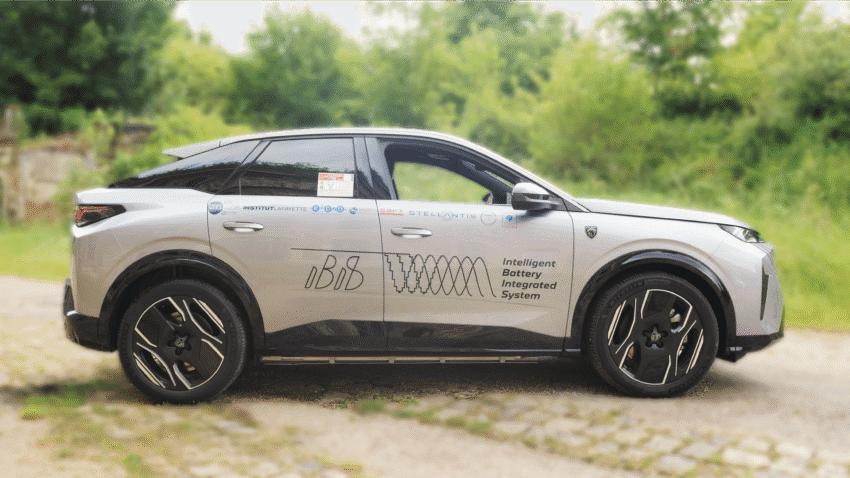
Groundbreaking Stellantis IBIS EV architecture begins real-world testing
The Intelligent Battery Integrated System (IBIS) EV architecture developed by automotive giant Stellantis and advanced battery tech specialists Saft, has begun real-world testing with the latest-gen Peugeot E-3008.
IBIS represents another step forward in the world of EV batteries and architecture, by imbedding inverter and charger functionality directly into the battery, thus eliminating the need for them as separate external pieces.
The IBIS EV architecture adopts a simplified, all-in-one approach by supporting both alternating current (AC) and direct current (DC), while supplying electric energy directly to the motor or grid, and providing the vehicle with power for its 12V network and auxiliary systems.
Stellantis and Saft have found that this way of doing things leads to a 10% improvement in energy efficiency, plus a 15% power gain (172 kW vs. 150 kW) with the same battery size. By placing the inverter and charger inside the battery, this slashes charging times by 15% and returns a 10% energy saving.

Both parties behind this French Government-backed project have also said that the IBIS architecture makes servicing easier, and provides better potential for second-life battery reuse.
On the back of the IBIS architecture starting real-world testing, Ned Curic, the engineering and technology chief at Stellantis said: “This project reflects our belief that simplification is innovation. By rethinking and simplifying the electric powertrain architecture, we are making it lighter, more efficient, and more cost-effective. These are the kinds of innovations that help us deliver better, more affordable EVs to our customers.”
Hervé Amossé, Saft’s executive vice president, added: “The IBIS project is a powerful testament to Saft’s innovation leadership. By embedding IBIS technology into our next-generation applications, we’re unlocking a new era of intelligent, flexible, and sustainable energy solutions. Saft continues to lead the way in advanced research, offering long-term, cost-effective solutions tailored to evolving market needs.”
Depending on the testing results, IBIS architecture could be integrated into Stellantis EVs as early as the end of the decade. Should it prove successful, the IBIS architecture tech has the potential to be applied to the rail, aerospace, and marine sectors.





